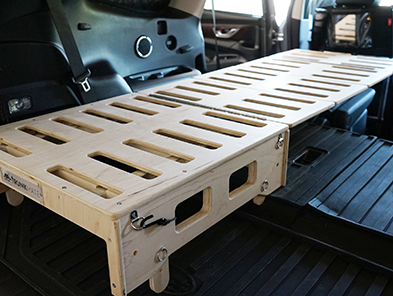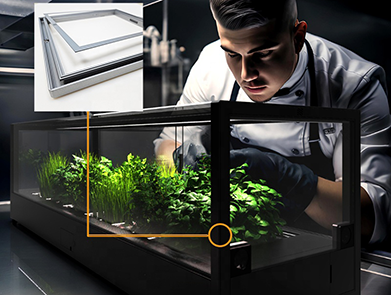In the field of aluminum processing and application, although "aluminum alloy" and "aluminum profiles" are closely related, they are essentially two different concepts. This distinction often confuses newcomers to the industry. This article will help everyone understand the differences between aluminum alloy and aluminum profiles, and delve into the basic knowledge of aluminum profiles.
Core concept
Aluminum alloy is a basic metal material composed of aluminum as the base and one or more alloying elements (such as silicon, magnesium, copper, etc.) added. The chemical composition of aluminium alloy determines its basic physical and mechanical properties. Different alloying elements can endow aluminum alloys with various properties, such as enhancing strength, corrosion resistance or weldability. Common aluminum alloy grades include aluminum-silicon alloys (such as A356), aluminum-magnesium alloys (such as 5052), aluminum-copper alloys (such as 2024), etc. Each alloy has extensive applications in different fields
Aluminum profiles refer to linear products with a constant cross-sectional shape, which are manufactured from aluminum alloys (usually specific grades, such as 6063) through specific plastic processing techniques (such as extrusion molding). The cross-sectional shape of aluminium profiles is fixed and usually continuous, so it is a typical semi-finished product, suitable for assembly or further deep processing. Aluminum profiles have a wide range of applications, mainly including construction, transportation, electronics, machinery, energy and other fields.
The difference between aluminum alloy and aluminum profiles
Although both "aluminum alloy" and "aluminum profiles" are related to aluminum, their essential difference lies in:
1.Aluminum alloy focuses on describing the chemical composition and basic properties of the material, and it is the raw material for aluminum profiles.
2.Aluminum profiles are finished products formed by processing aluminum alloys. They have specific geometric shapes and can be directly used in practical applications.
It can be understood that aluminum alloy is the "raw material" of aluminum profiles, while aluminum profiles are the "finished products" made from aluminum alloy through processing techniques such as extrusion.
The production process of aluminium profiles
The production process of aluminium profiles mainly includes the following steps:
1.Aluminum alloy smelting: Select the appropriate aluminum alloy grade based on product requirements, mix the aluminum ingot with other alloying elements and heat it to a molten state to form molten aluminum.
2. Extrusion forming: The molten aluminum alloy liquid is injected into the extrusion machine and then passed through a die with a specific cross-sectional shape by high-pressure extrusion equipment to obtain the required aluminum profiles.
3. Heat treatment: Through various heat treatment processes (such as solution treatment, aging treatment, etc.), the physical properties of aluminum profiles are further improved, enhancing their strength and hardness.
4. Surface treatment: To enhance the corrosion resistance and decorative properties of aluminum profiles, surface treatments such as anodizing and spraying are usually carried out.
5. Cutting and Packaging: According to customer requirements, aluminum profiles can be further cut and customized, and finally packaged and delivered to the customer.Application fields of aluminium profiles:
Aluminum profiles are widely used in multiple industries due to their light weight, high strength, corrosion resistance and strong processability.
Common application fields include
1. Construction industry: It is used in building structures such as window frames, door frames, curtain walls, and sunrooms.
2. Automotive industry: It is used in body frames, doors, chassis and other components to reduce vehicle weight and improve fuel efficiency.
3. Electronics industry: Used for heat sinks, casings, etc., aluminum profiles have excellent thermal conductivity and are suitable for heat dissipation in electronic devices.
4. Solar energy industry: Used for solar panel brackets, it features corrosion resistance and long-term stability.
Summary
Although there are obvious differences between aluminium alloys and aluminium profiles, they are closely related in aluminium processing and application. Aluminum profiles, as a processed product of aluminum alloys, have become an indispensable important material in modern industry due to their excellent performance and wide range of applications. Understanding the basic knowledge of aluminium alloys and aluminium profiles can help us better understand the design and application of aluminium products.


